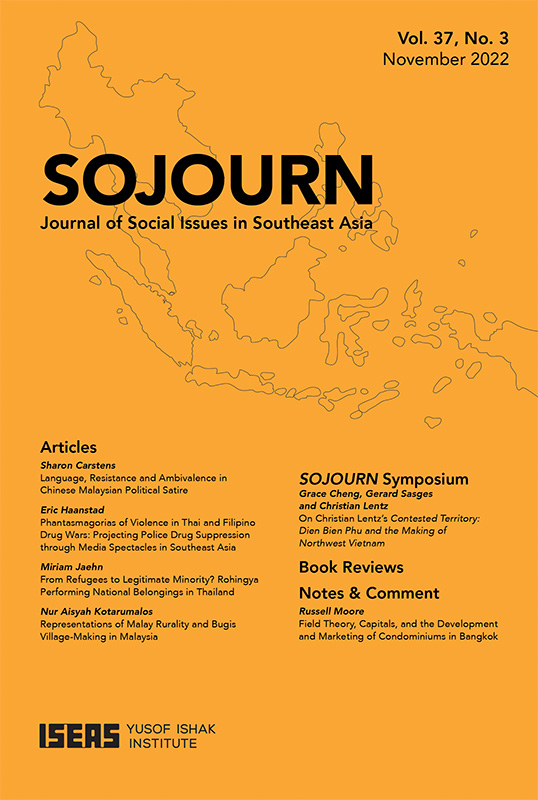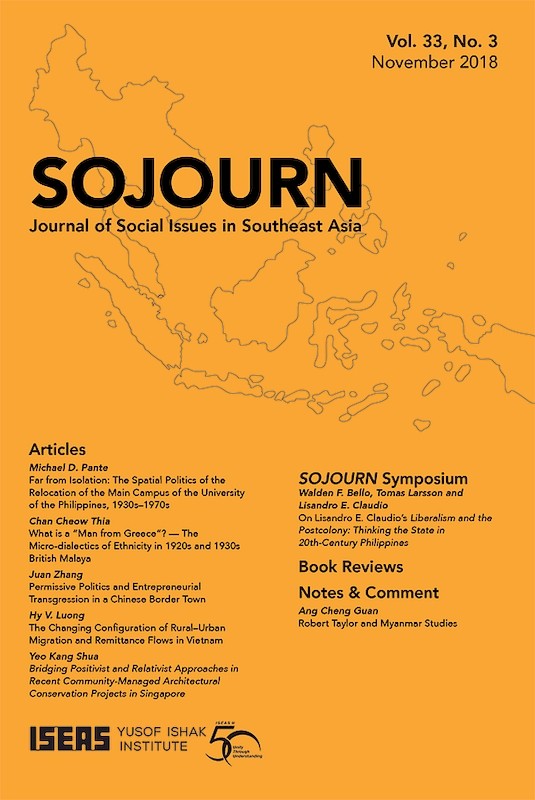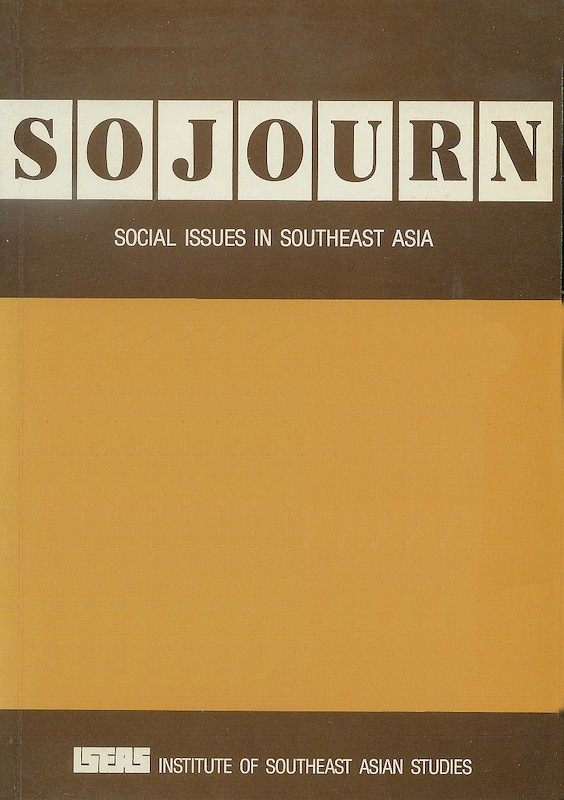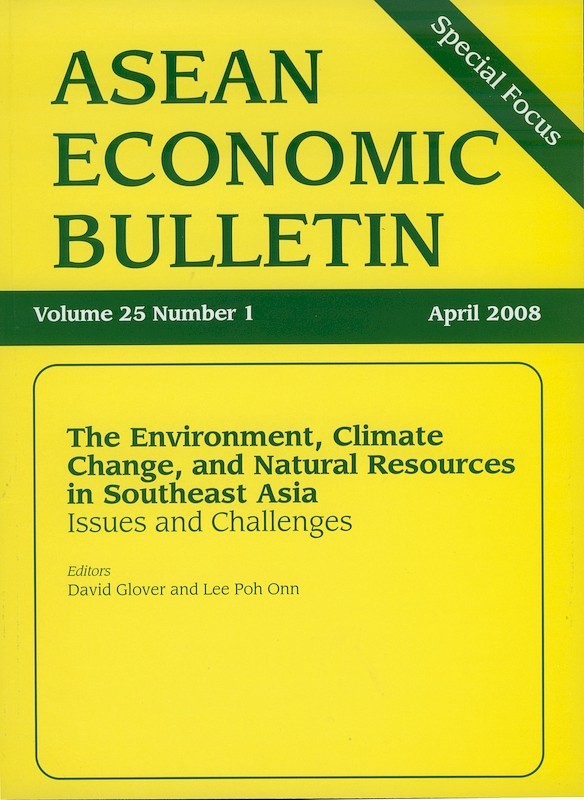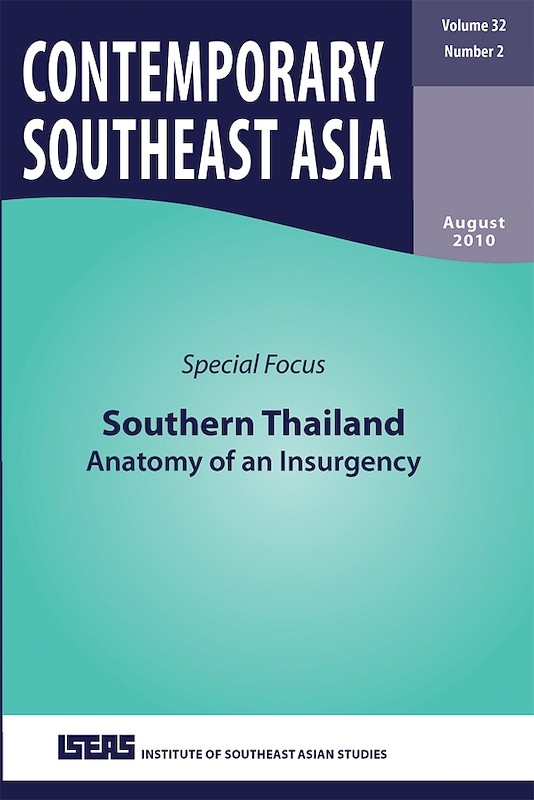SOJOURN: Journal of Social Issues in Southeast Asia Vol. 9/1 (Apr 1994)

Date of publication:
April 1994
Publisher:
Institute of Southeast Asian Studies
Number of pages:
170
Code:
SJ9/1
Contents
-
Preliminary pages
- ARTICLES
-
Comparative Perspectives on Kinship and Cultural Identity in Negeri Sembilan, by Michael G Peletz, author see abstractThe central contention of this paper is that important contrasts in the kinship systems of the Malays of Negeri Sembilan and the Malays of other parts of the Malay Peninsula (Malaya) have been over-emphasized in the literature of the nineteenth and twentieth centuries, and that striking similarities in kinship and other areas of culture have been either glossed over or altogether ignored. This situation reflects both the normative, jural emphases of the colonial-era (1874 -1957) ethnographic literature on Negeri Sembilan and Malaya more generally, and the descent bias of the literature, particularly the material on Negeri Sembilan. These emphases and biases have obscured our understanding of Negeri Sembilan and have hindered our awareness of social and cultural commonalities in the Malay world; no less significant, as we will see, is that they have also had a profound impact on the ways in which Malays in Negeri Sembilan view themselves and their traditions as well as Malays in other regions of the Peninsula.
-
Lured Abroad: The Case of Ilocano Overseas Workers, by Raul Pertierra, author see abstractThe Ilocano provinces of northern Luzon have been one of the biggest sources of Filipino migrants. Early in this century they colonized the neighbouring provinces, reaching as far south as Mindanao. They are also the main source of Filipino migrants to Hawaii. Following this pattern Ilocanos have taken advantage of the growing labour needs in Southeast Asia, the Middle East, and Europe. Well-educated, reliable, and hard-working, Ilocanos have established themselves in a range of positions overseas. However, the Ilocos remains a poor region, noted for its traditional ways and its austere life-style. The effects of this migration for local communities have not been sufficiently studied, particularly in the context of the large numbers of well-qualified women leaving the village. This paper examines some of the effects of this migration on village life, including the possibilities of economic improvement.
-
Labour Allocation, Mobility, and Remittances in Rural Households: A Case from Central Java, Indonesia, by Tommy Firman, author see abstractThis study examines the links between labour allocation, mobility, and remittances in rural households in Indonesia, using household data of Slendro rural communities in Central Java. The finding reveals that rural households are becoming increasingly dependent on urban economic activities as a source of livelihood, and that there is a significant need for them to be flexible in the use and allocation of their collective labour. In sum, rural-urban mobility reflects a strategy by rural households to supplement their meagre agricultural incomes.
-
Astrology, Video, and the Democratic Spirit: Reading the Symbolic Politics of Thailand, by William A. Callahan, author see abstractThai politics has traditionally been analysed in terms of a struggle between civilians and the military and between lite bureaucrats and the masses. Other approaches have focused on the growing middle class as the motivating force, to the fact that is, that businessmen now want political power to match their economic power. This essay looks at Thai culture in an international context in order to understand Thai politics and to refigure the relationship between the spirit of democracy and the power of the military. This symbolic analysis of Thai politics shifts the focus of analysis from the physical power of the military and the material products of economic development to the media, popular culture, language, and other symbolic forces which were crucial to the pro-democracy movement of May 1992 and the resulting political reforms.
-
The Sam-Sams: A Study of Historical and Ethnic Assimilation in Malaysia, by Kobkua Suwannathat-Pian, author see abstractThe Sam-Sams are Thai-speaking Muslim communities found in the northwestern Malaysian states of Kedah, Perlis, and Perak as well as in some southern Thai provinces of Trang, Phang-nga, Songkhla, and Satun (Setul) Officially, however, there have been no Sam-Sam communities in either Malaysia or Thailand since 1911. They are now regarded as Malays (in Malaysia) or as Thai Muslims (in Thailand). The focus of this study is on the Sam-Sams in three districts of Kedah, namely Kubang Pasu, Padang Terap, and Kota Setar, where the community can still be distinguished from its Malay neighbourhood. The study highlights certain aspects of the Sam-Sams-their origin, in particular, and their sociocultural development-and reviews the role of the Sam-Sams in the modern nation-state of Malaysia.
- BOOK REVIEWS
-
BOOK REVIEW: Dutch Filipiniana: Annotated Bibliography of Dutch Publications on the Philippines. Edited by Otto van den Muijzenberg., by Benedict J Tria Kerkvliet, author
-
BOOK REVIEW: Visayan Vignettes: Ethnographic Traces of a Philippine Island. Edited by Jean-Paul Dumont., by Raul Pertierra, author

